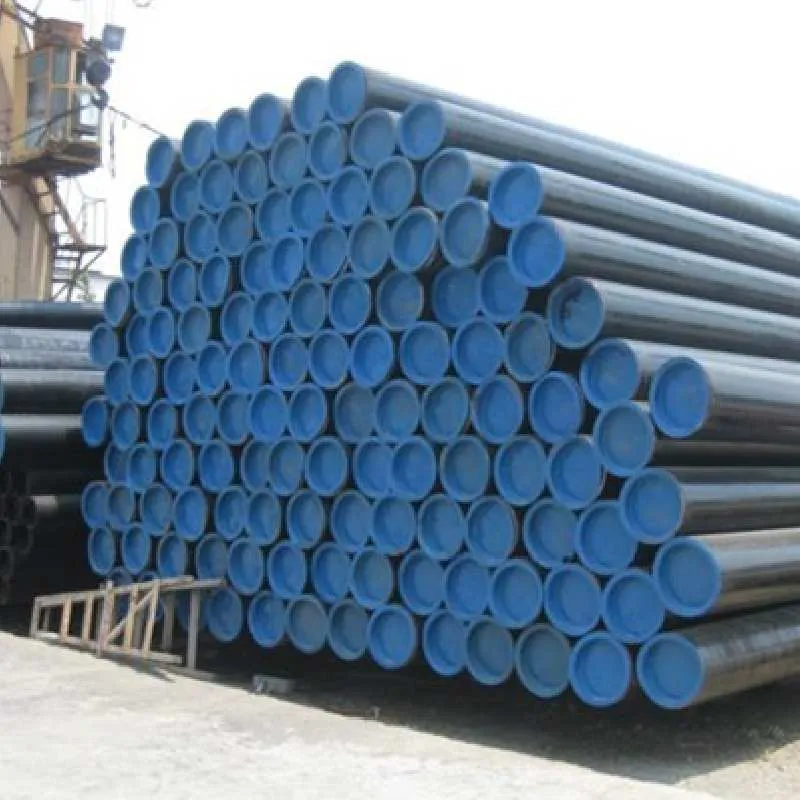-
Cangzhou Yulong Steel Co., Ltd.
-
Phone:
+86 13303177267 -
Email:
admin@ylsteelfittings.com
- English
- Arabic
- Italian
- Spanish
- Portuguese
- German
- kazakh
- Persian
- Greek
- French
- Russian
- Polish
- Thai
- Indonesian
- Vietnamese
- Zulu
- Korean
- Uzbek
- Hindi
- Serbian
- Malay
- Ukrainian
- Gujarati
- Haitian Creole
- hausa
- hawaiian
- Hebrew
- Miao
- Hungarian
- Icelandic
- igbo
- irish
- Japanese
- Javanese
- Kannada
- Khmer
- Rwandese
- Afrikaans
- Albanian
- Amharic
- Armenian
- Azerbaijani
- Basque
- Belarusian
- Bengali
- Bosnian
- Bulgarian
- Catalan
- Cebuano
- China
- China (Taiwan)
- Corsican
- Croatian
- Czech
- Danish
- Esperanto
- Estonian
- Finnish
- Frisian
- Galician
- Georgian
- Kurdish
- Kyrgyz
- Lao
- Latin
- Latvian
- Lithuanian
- Luxembourgish
- Macedonian
- Malgashi
- Malayalam
- Maltese
- Maori
- Marathi
- Mongolian
- Myanmar
- Nepali
- Norwegian
- Norwegian
- Occitan
- Pashto
- Dutch
- Punjabi
- Romanian
- Samoan
- Scottish Gaelic
- Sesotho
- Shona
- Sindhi
- Sinhala
- Slovak
- Slovenian
- Somali
- Sundanese
- Swahili
- Swedish
- Tagalog
- Tajik
- Tamil
- Tatar
- Telugu
- Turkish
- Turkmen
- Urdu
- Uighur
- Welsh
- Bantu
- Yiddish
- Yoruba

Nov . 01, 2024 18:19 Back to list
Understanding ANSI 300 Flanges and Their Applications in Piping Systems
Understanding Flange WN ANSI 300 A Comprehensive Overview
Flanges are critical components in a variety of piping systems, facilitating the connection between pipes, valves, and other equipment. Among the many types of flanges available, the Weld Neck (WN) flange is particularly notable for its strength and versatility. When it comes to standards, ANSI 300 is a commonly referenced specification that denotes the pressure class for these flanges.
What is a Weld Neck Flange?
A Weld Neck flange features a long neck that is tapered to facilitate welding to the pipe. This design allows for a smooth transition between the pipe and the flange, which minimizes turbulence and stress at the joint. The WN flange is typically used in high-pressure applications due to its ability to withstand higher stresses and its reinforced structure. Its strength makes it suitable for use in industries such as oil and gas, chemical manufacturing, and water treatment.
ANSI Ratings Explained
ANSI (American National Standards Institute) ratings indicate the pressure-temperature ratings of flanges and fittings. The ANSI 300 designation refers specifically to flanges that can withstand a maximum pressure of 300 psi (pounds per square inch) at a temperature of 100°F. As the temperature of the fluid being transported increases, the pressure rating may decrease. Consequently, understanding the pressure-temperature relationship is crucial when selecting a flange for a specific application.
Applications of ANSI 300 Weld Neck Flanges
flange wn ansi 300

The ANSI 300 Weld Neck flanges are extensively utilized in various sectors due to their robustness. They are particularly favored in systems carrying gases and liquids at high pressures, such as in pipelines for oil and natural gas, steam systems, and certain chemical processes. The ability of WN flanges to handle stress effectively makes them ideal for critical applications that require high integrity and reliability.
Material and Design Considerations
Weld Neck flanges can be manufactured from various materials, including carbon steel, stainless steel, and alloy materials, making them adaptable for multiple environments. The choice of material often depends on the type of fluid being transported and the operating conditions, including temperature and exposure to corrosive substances.
Moreover, ANSI 300 Weld Neck flanges can be designed to meet additional specifications and regulations, such as those set by ASME (American Society of Mechanical Engineers). Custom designs or modifications may be made to suit specific requirements, which is an advantage of WN flanges.
Conclusion
In conclusion, the Weld Neck ANSI 300 flange is a fundamental component in high-pressure piping systems. Its strong design and reliability make it a preferred choice in demanding applications across various industries. Whether you are a designer, engineer, or maintenance professional, understanding the specifications and proper applications of ANSI 300 Weld Neck flanges is essential for ensuring system integrity and safety. As technology and industry standards continue to evolve, staying informed on the best practices for flange selection and usage is crucial for successful project outcomes.
Latest news
-
ANSI 150P SS304 SO FLANGE
NewsFeb.14,2025
-
ASTM A333GR6 STEEL PIPE
NewsJan.20,2025
-
ANSI B16.5 WELDING NECK FLANGE
NewsJan.15,2026
-
ANSI B16.5 SLIP-ON FLANGE
NewsApr.19,2024
-
SABS 1123 FLANGE
NewsJan.15,2025
-
DIN86044 PLATE FLANGE
NewsApr.19,2024
-
DIN2527 BLIND FLANGE
NewsApr.12,2024
-
JIS B2311 Butt-Welding Fittings LR/SR 45°/90° /180°Seamless/Weld
NewsApr.23,2024











